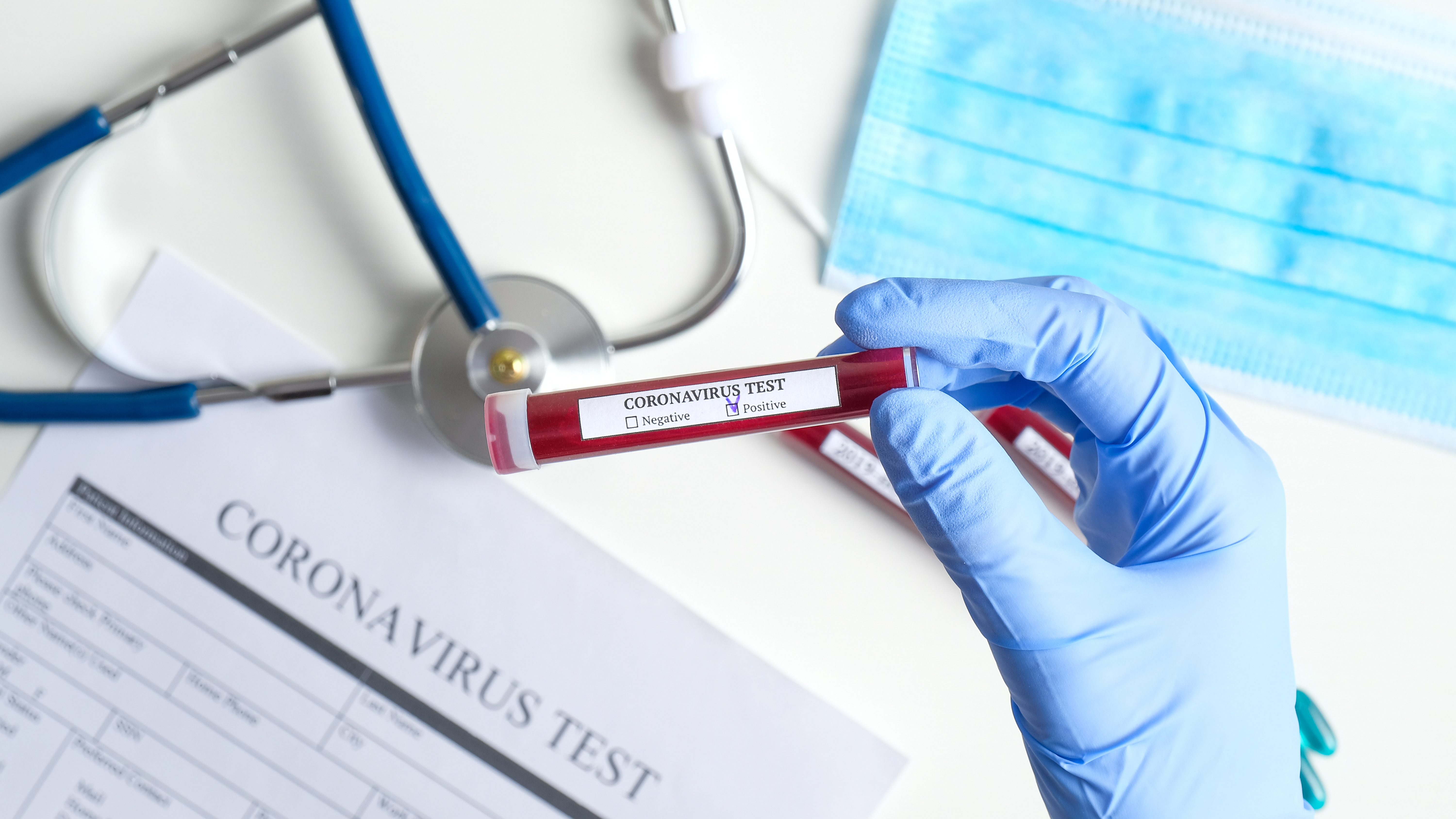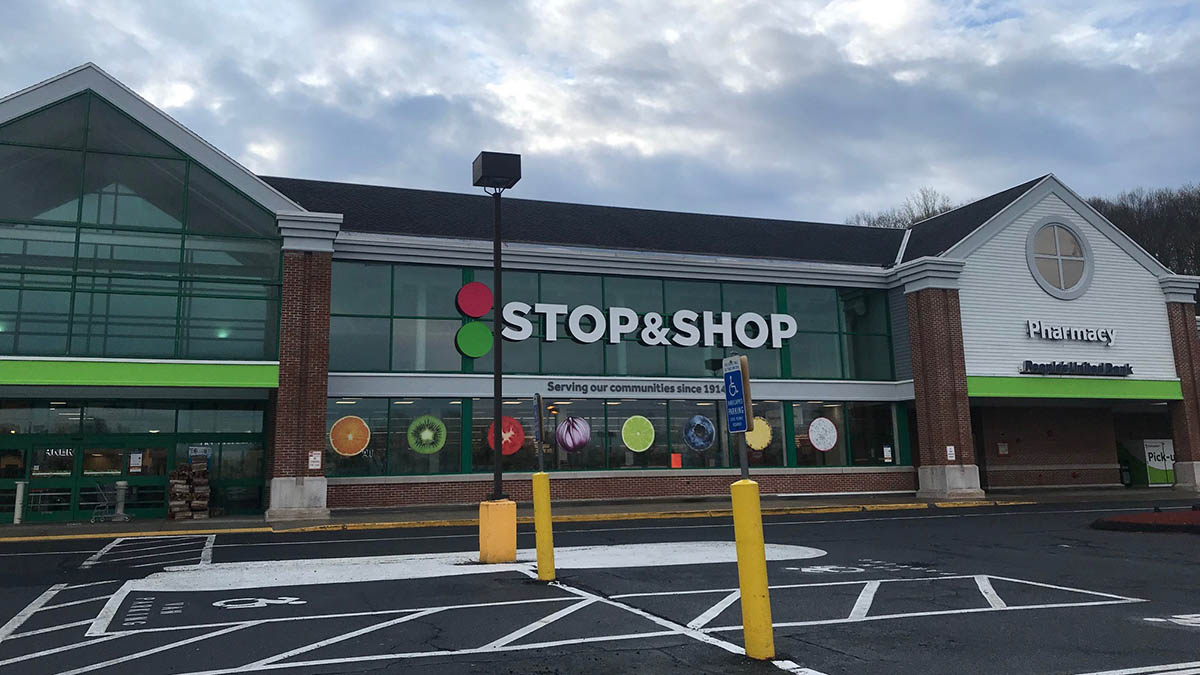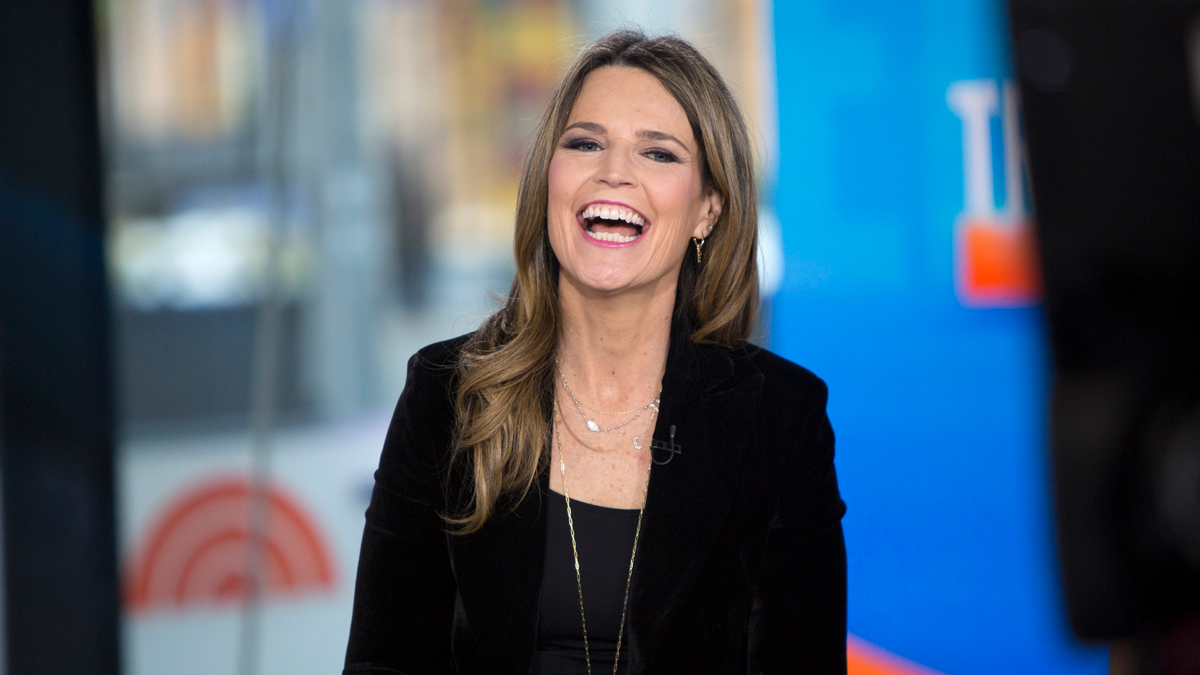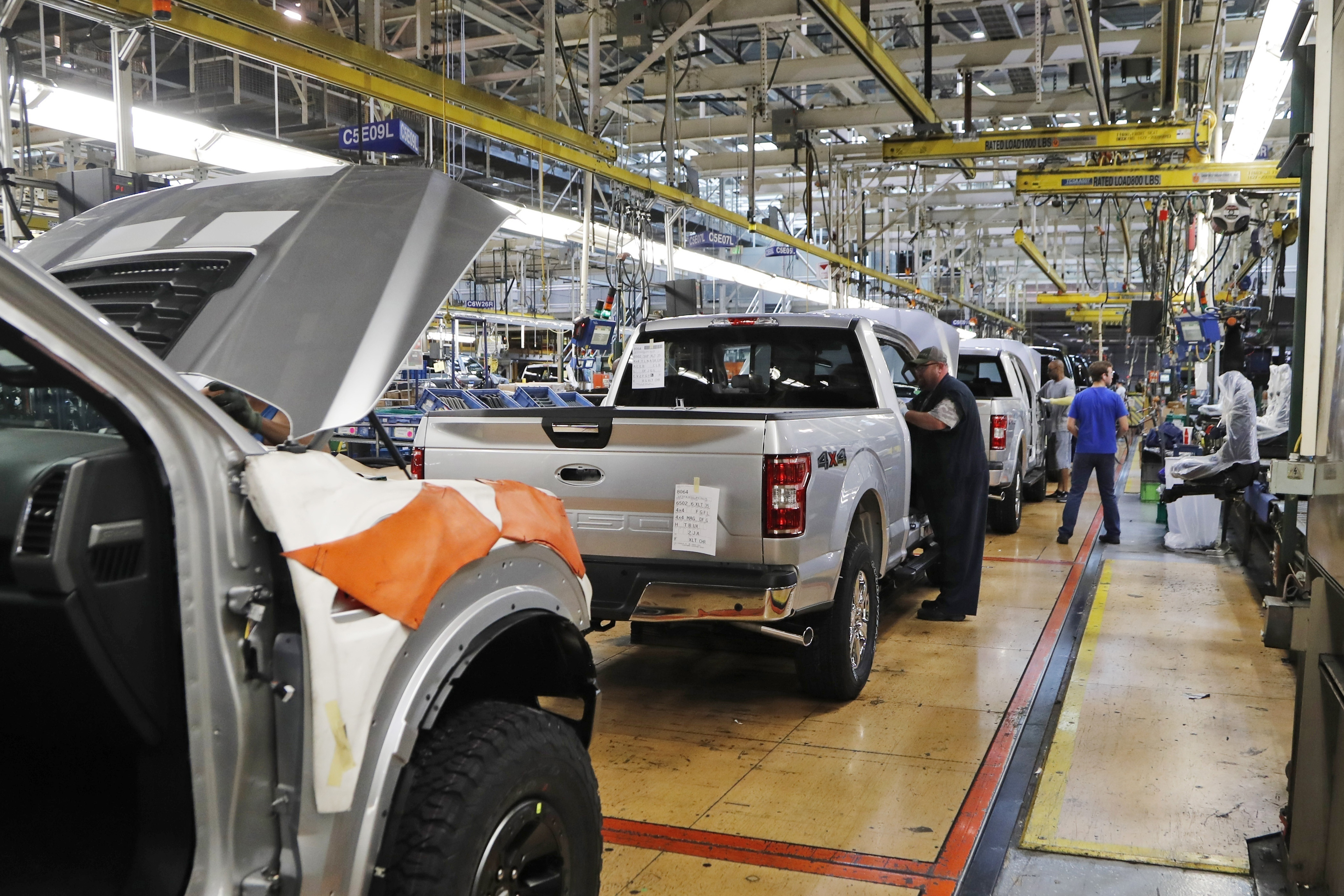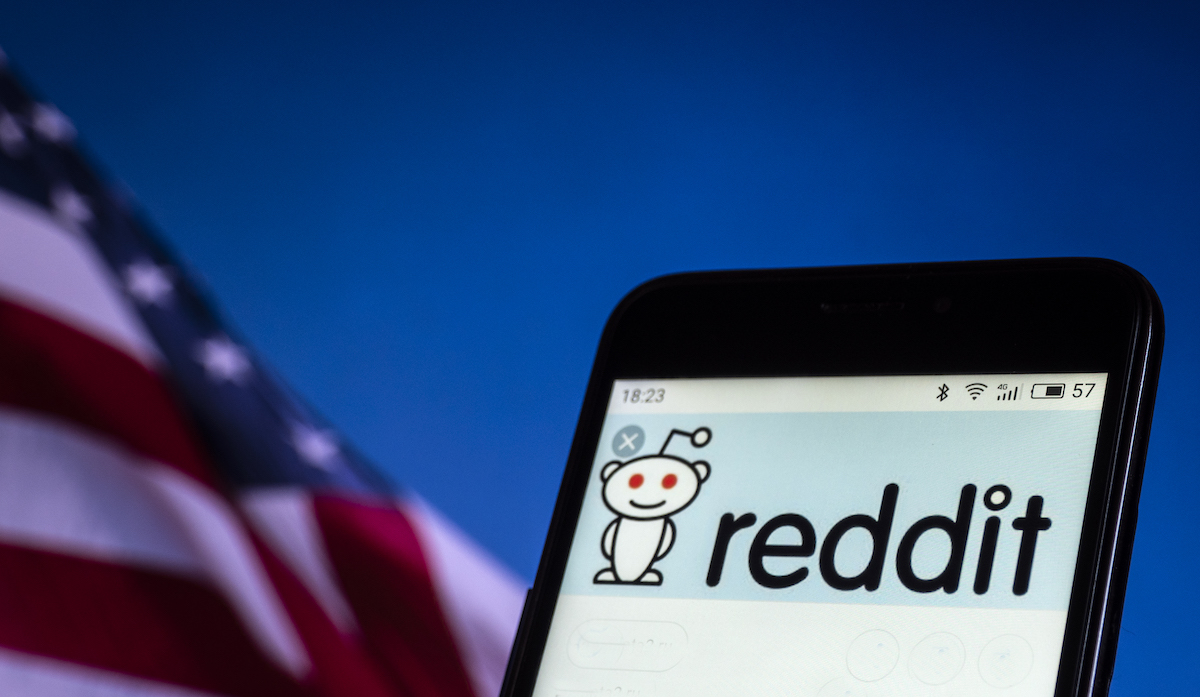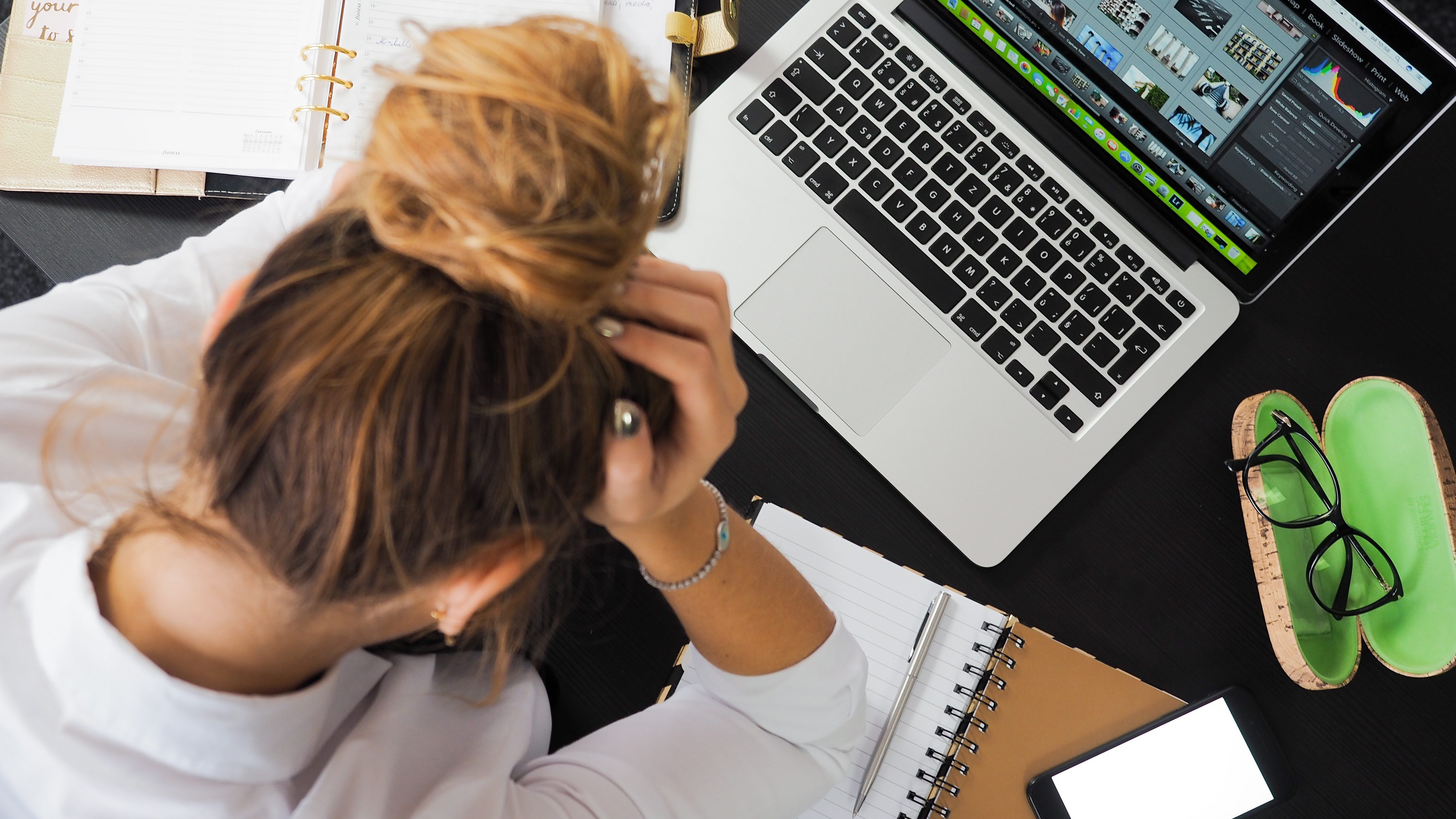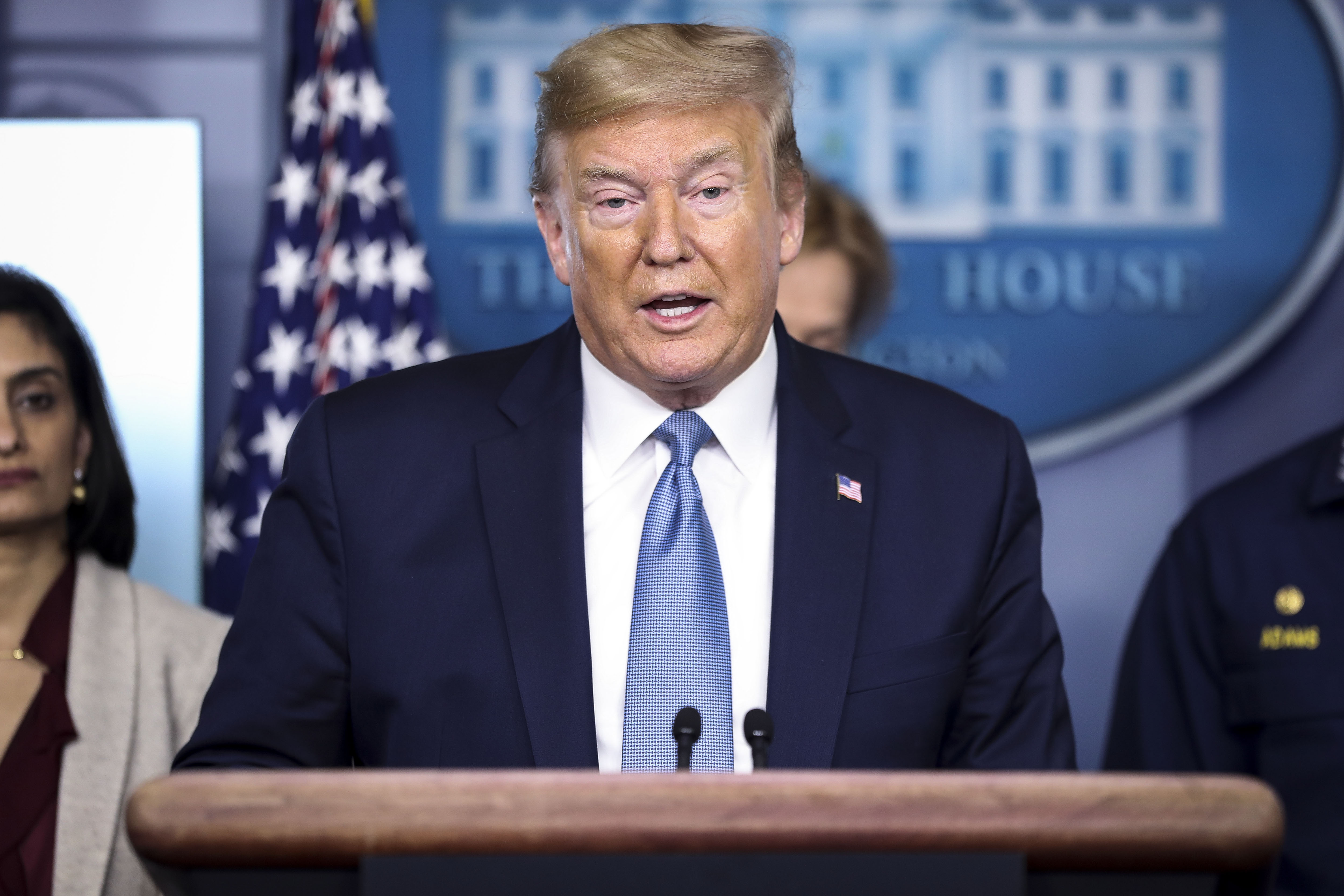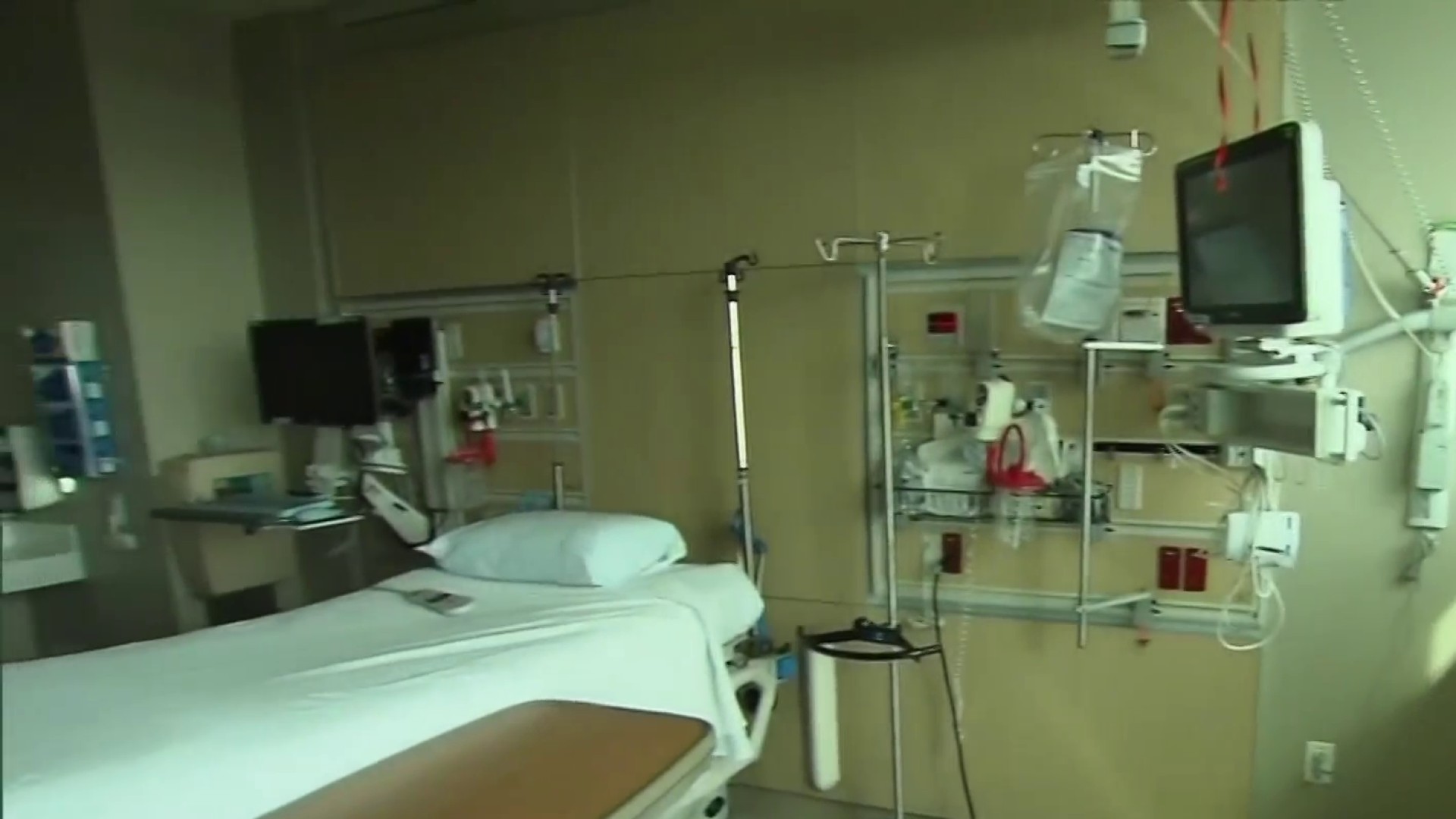What to Know
- U.S. novel coronavirus cases have surpassed 7,400; more than 100 people have died, including 21 in New York alone. Tri-state cases have eclipsed the 3,000 mark
- Gov. Andrew Cuomo said it may take 45 days to reach the peak of infection and 110,000 hospital beds could be needed; the Navy is sending a "hospital ship" with 1,000 rooms to NYC harbor to help ease the load for people who are ill with something other than COVID-19
- New York, New Jersey and Connecticut have announced unprecedented joint measures to curb spread: crowds of 50+ banned, schools closed
UPDATE: NY Cases Surge Past 4,000; 75% of Work Force Ordered to Stay Home
Gov. Andrew Cuomo all but quashed the idea of implementing a shelter-in-place order in New York City or anywhere else in the state Wednesday, while Mayor Bill de Blasio doubled down on his call to "seriously" consider it amid a spike in COVID-19 cases he fears will only sharpen in the coming weeks.
Cuomo said more new aggressive measures were likely and added a new statewide mandate Wednesday: All businesses must have at least 50 percent of their employees working from home, though essential services are exempt.
The governor issued the new mandate as he said the state saw more than 1,000 new COVID-19 cases in New York overnight. But Cuomo held steadfastly against ordering a shelter in place, saying on 'The Daily' podcast: "I wouldn't approve shelter in place, that scares people -- you can't leave your home. The fear, the panic is a bigger problem than the virus and I shut that down immediately."
The mayor, while acknowledging the call is ultimately up to the state, says it shouldn't be taken off the table. Noting grim hourly increases in the city's case total and a now double-digit death toll, de Blasio said on NBC that a shelter-in-place order has to be "considered seriously starting today."
Coping With the Crisis
The city is growing increasingly desperate to curb the spread of infection. As of Wednesday morning, Cuomo said the five boroughs had more than 1,330 cases -- hundreds more than the update from the mayor the night before. In total, New York state has more than 2,900 cases as of Wednesday, with 21 deaths — 11 of which are in NYC. Both the mayor and governor have said the numbers change by the minute for the worse. Testing capacity is expanding, which means more positive cases by default.
"People have to realize at this point that this disease is going to put many, many people, thousands and tens of thousands of people’s lives in danger," de Blasio said on "TODAY" Wednesday. "If we even get to shelter in place, we’re gonna have to come up with huge new approaches to make sure people have enough food and medicine because they sure as hell don’t have income right now."
While Cuomo has rejected the idea of a mandatory quarantine, one where non-compliance could lead to arrests, he has repeatedly asked people to stay home whether they feel sick or not.
The state has already banned crowds over 50 people, restricted restaurants to take-out and delivery, closed bars and shuttered schools -- joint action with the governors of New Jersey and Connecticut to help slow the pandemic. Pennsylvania will now join that coalition and match restrictions.
What Does 'Shelter in Place' Mean?
Legally, the mayor does have the authority to order it in the city. Cuomo has urged against singular action, saying people under that restriction in New York City may just up and stay with, perhaps, an elderly relative in Nassau County. That would only further the potential for community spread.
New Yorkers are "very good at getting around rules," Cuomo cautioned. "So if you say to me, well, if you’re in Queens, you have to shelter in place, you can’t leave. I’ll go stay with my sister in Westchester. That’s how I’ll handle it."
De Blasio said New Yorkers should prepare for a decision on shelter in place within 48 hours. The clock is ticking. So what exactly would that look like?
Coronavirus Latest
There is not necessarily a set template for any locale, city or otherwise -- but in other places, it has meant that people are only allowed to leave their homes for medical care, groceries or essential personnel jobs, like police officers, healthcare workers and firefighters. Consequences for failure to abide by a shelter-in-place order may include being issued a disorderly persons summons.
How long might it last? There's no set rulebook for that either, necessarily.
Similar orders have already been implemented in some cities in the country, including Hoboken, where gatherings of more than five people are restricted. The mayor there asked people to shelter in place, but he doesn't have the authority to mandate it. In San Francisco, a shelter-in-place order was issued for a number of counties, closing all but supermarkets, laundromats, pharmacies, banks and gas stations; people could go to parks, but were told to employ social distancing.
Jersey City Mayor Steven Fulop addressed the issue on Twitter Wednesday, saying he's gotten questions about effecting the directive but suggesting that any "shelter-in-place" edict should be implemented regionally -- as many of the other restrictions have been -- to boost chances of effectiveness. If one city is in isolation, it won't work, Fulop said -- and local economic fallout would be huge.
Tracking Coronavirus in Tri-State
Curve Not Flattening Fast Enough
To date, over 3,000 people have been diagnosed with COVID-19 in the tri-state area. More than 2,900 cases are in New York, where 21 people have died. Nearly a quarter of New York cases have needed hospitalization as of Wednesday, Cuomo said. Another New York City case was reported late Wednesday at an Amazon facility in Queens.
In New Jersey, health officials said that to date, about 55 percent of its cases have required hospitalization.
New Jersey, which has now reported five fatalities, saw its total surge past 400 Wednesday, while Connecticut's numbers jumped 65 percent over the previous day to 96. Connecticut Gov. Ned Lamont announced Wednesday afternoon that the state had its first coronavirus-related death, a Fairfield County man in his 80s who had been receiving treatment at Danbury Hospital.
Cuomo said the peak of infection is likely still 45 days out, right at the beginning of June. See the latest tri-state case count broken out by county here.
Coronavirus has not discriminated: First responders have been infected, church- and synagogue-goers, lawmakers. It has affected the entire spectrum, afflicting people anywhere from age 5 to 96. The community spread has been rampant. Four players on the Brooklyn Nets, including star Kevin Durant, have tested positive for COVID-19, the team said, one of whom is exhibiting symptoms.
Four uniformed members of the NYPD have tested positive for the virus, as well as four civilian employees of the department.
Coronavirus News
Cash 'Calamity' Looms for Mass Transit
Mass transit — the lifeblood of New York City and across the region -— has remained running normally, albeit with many fewer people.
MTA Chairman Pat Foye said that a funding "calamity" looms because of the plunge in ridership; he said the agency has lost hundreds of millions in unexpected expenses and that a federal bailout is "urgently" needed. Asked Wednesday morning what would happen if a bailout didn't come, Foye told 1010 WINS he would not even contemplate it.
New York City subways are down 60 percent, with buses down nearly 50 percent. Commuter railroads have been hit even harder: LIRR is down 67 percent, while Metro-North is down a staggering 90 percent, a number almost hard to believe for one of the busiest rail systems in America that has packed train cars on a regular basis.
More on Coronavirus
At this point, there is no tri-state plan to shut it down, though there has been talk of plans to scale it back to match reduced ridership. Foye acknowledged on 1010 Wednesday that "obviously we're looking at schedules," but said the priority is to maintain services so medical workers and first responders can get to work. He stressed mass transit remains a safe option for doing that.
"The subways, buses, commuter rails are safe, they're being disinfected at a frequency and intensity that's never been the case," Foye said.
There is no immediate plan to shut down roads either but the states' emergency declarations give them the power to do so if needed.
Tri-State Calls on Feds to Step Up
States have drastically scaled back business operation hours; New Jersey, which shut down indoor malls as of Tuesday night, has suggested that residents mostly stay in their homes between the hours of 8 p.m. and 5 a.m. Murphy said Wednesday that many have been following that guidance -- but more need to heed the recommendation to slow the number of cases.
More restrictions may be coming as cities continue to clamp down on any non-essential gatherings or businesses. The mayor of Newark announced Wednesday that the city would have an 8 p.m. curfew, except for emergencies or those going to or from work. All non-essential business (i.e. nail salons, barber shops, hair salons or retail stores that don't sell food, household goods and medical supplies) were ordered to close and not reopen until April 1 at the earliest.
Other new measures are similar to the ones enacted in Hoboken, and city hall will be minimally staffed, open to residents by appointment only.
Coronavirus Latest
While escalating efforts to curb the spread, primarily to protect the most vulnerable populations, officials keep re-emphasizing certain facts about the novel coronavirus: 80 percent of people who get it typically self-resolve without further treatment and the overall general risk to the public is low.
Though the percentage of people who fall critically ill and need hospitalization is relatively low, the number of people who may get sick -- and how that number is increasing daily -- is concerning. Even if only 20 percent of the population needs to be hospitalized, there is legitimate and growing fear the hospitals won't be able to handle the burden.
Cuomo, New Jersey Gov. Phil Murphy and Connecticut Gov. Ned Lamont have all called on the federal government to step up, asking for immediate infrastructure help as it relates to building hospitals and new medical facilities and for direct income in people's pockets.
Coronavirus Help
In a letter to President Trump Tuesday, Murphy said he requested the support of the United States military and the U.S. Army Corps of Engineers to assist New Jersey’s efforts to expand hospital and intensive care unit capacity in preparation for the continued spread of COVID-19.
Cuomo has said New York state may need 37,000 ICU beds and 110,000 hospital beds at the peak of the crisis. That dwarfs the state's existing capacity: 3,000 ICU beds and 53,000 hospital beds. The governor said Wednesday he had met with hospital administrators to develop a plan to increase current capacity by about 50,000. The city is also looking to retrofit existing facilities into converted medical facilities.
But New York's capacity to add enough new beds depends on federal help. Cuomo said he and President Trump had a productive conversation Wednesday about specific actions the president will take. Cuomo said that includes sending a "hospital ship" with about 1,000 rooms, including operating rooms, to New York City harbor.
According to the governor, Trump plans to dispatch that "floating hospital" to New York to help care for non-COVID-19 patients and ease the strain on local hospitals. The Navy said in a statement though that it was still working on scheduled maintenance and finding staff to deploy; Cuomo later said the ship was not expected to arrive until April. FEMA is also being engaged in the process, among other agencies.
There is a sign other help from the federal government may be on the way. On Tuesday, the president signed a coronavirus response bill, which would provide free testing, paid family and sick leave, as well as unemployment benefits. Gov. Cuomo also signed a state bill paid sick leave law guaranteeing pay for anyone under mandatory or precautionary quarantine.
Hospitals Brace, Testing Goes Mobile
Amid the surge in NYC cases, de Blasio said the city is adding five drive-thru testing facilities across the five boroughs. Details are being finalized but at least one was being set up on Staten Island. To date, Queens has been the most affected borough to date, followed by Manhattan and Brooklyn.
The five mobile areas will be for priority testing cases, the mayor stressed, and be done via reservations. More testing capacity -- up to 5,000 tests per day -- is expected in the city by week's end thanks to new public/private partnerships.
Cuomo said that the same drive-thru testing centers would be coming to Long Island and Rockland County. A similar site will be up and running in Bergen County by Friday and another one should open in Monmouth County next week, New Jersey authorities said.
Such centers have already been implemented in Westchester County's New Rochelle, where a one-mile radius containment zone is in place. But the capacity is still stretched to the max. Westchester County called Wednesday on all nurses, including those who are retired, to help answer the call.
Earlier in the week, Cuomo called on the president to mobilize the military to turn college dorms into makeshift medical centers. He said states can’t build hospitals or acquire ventilators fast enough to meet expected demand, adding that the “best hope” is to create temporary medical facilities.
On the flipside, as people look for testing all over the state, New York Attorney General Letitia James said there have been reports of scammers knocking on doors and pretending to be from the CDC — and offering COVID-19 tests for a fee.
Where Do We Go From Here?
The depths of the pandemic -- and its impact -- are incomprehensible at this point, but most definitely catastrophic: Billions upon billions of dollars have been lost and more will be lost; many have died, far more have been sickened.
As de Blasio said on HOT 97 Wednesday, "This is going to fundamentally change all of our lives for months, it's just a question of how many months."
The World Health Organization has declared the novel coronavirus a pandemic, the first coronavirus to ever earn the dubious distinction. It's novel -- that means it's new and no one has immunity to it. Vaccines are in the works -- and a new clinical trial launched Monday.
Coronavirus Concerns
The National Institutes of Health is funding the trial at a Kaiser Permanente research facility in Seattle. Testing began Tuesday with 45 young, healthy volunteers with different doses of shots co-developed by NIH and Moderna Inc.
Public health officials say it will take a year to 18 months to fully validate any potential vaccine.
NBC News estimates the total number of U.S. cases has surpassed 8,800 and more than 140 people have died. The vast majority of U.S. deaths have been in Washington state, where America's very first COVID-19 case was reported.
Every state in the U.S., as well as Washington D.C., has reported at least one COVID-19 case. Globally, nearly 200,000 have been infected and more than 7,800 people have died, according to the World Health Organization.

